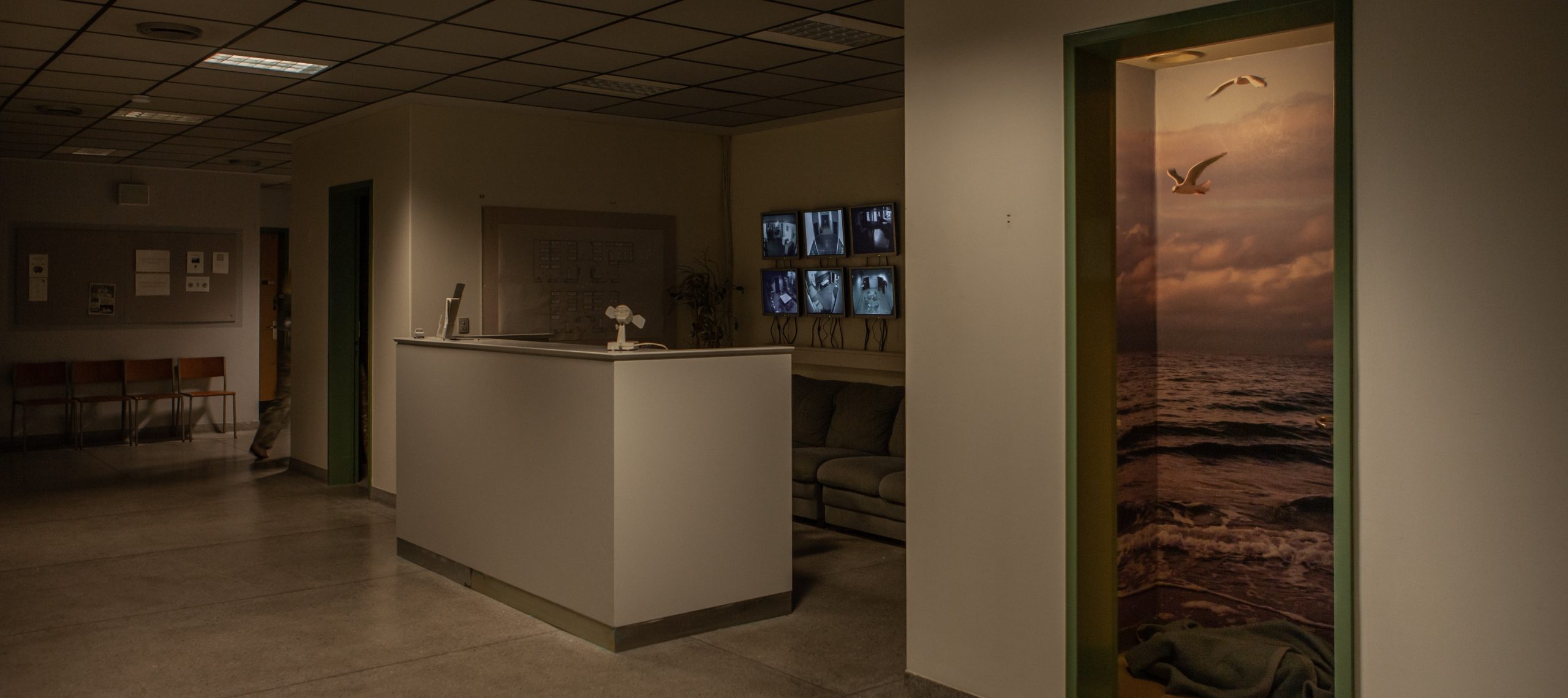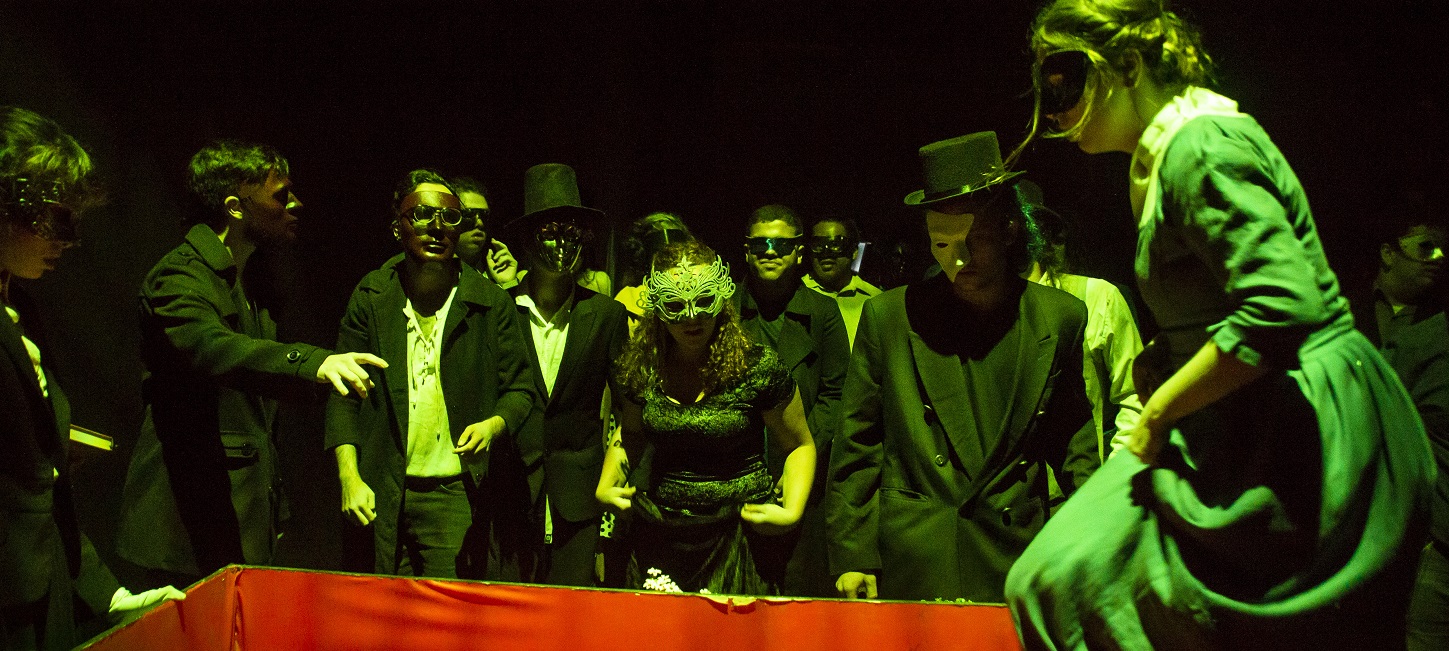Tag: Featured
-

Searching for Meaning in House of Craving
in
In the larp House of Craving, there is untapped potential for more multi-faceted work, more comprehensive immersion that would not sacrifice meaning on the altar of sensation.
-

Accepting Limits: The One-Hour Online Role-Play Experience
in
How can you run a whole tabletop RPG session in an hour?! I’m all too happy to answer that question.
-

Flagging: A Response
in
While flagging is not perfect, it addresses manifest abusive behaviour from predatory individuals within the increasingly internationalizing larp community.
-

Possibilities of Historical Larp: Court of Justice in 17th-century Finland
When a larp is designed based on historical sources and research, it adds to its authenticity – not just about material culture, but also about actions, experiences, and mentalities, which larp is a good tool for reenacting.
-

Naked at Nordic Larp
in
All bodies are suited to being naked in larps, no matter how close or far they are to living up to societal beauty standards.
-

SIGNA’s Performance Installations: Walking the Liminal Border Between Larp and Theatre
in
This article aims to look into the overlap between larp and theatre, with SIGNA’s performance installations guiding the exploration.
-

All Quiet on the Safety Front: About the Invisibility of Safety Work
in
Most players and some organizers might not know what the experiences before, during and after a larp are like for safety people.
-

In the Limits Below the Line – An Interview with Brazilian Larpers
in
A discussion on in-game and off-game limitations with a diverse group of larpers, players, and designers from different regions in Brazil.
-

Flagging is Flawed
in
Although helpful for safety reasons, flagging is also commonly used to prevent people from attending a larp for lesser reasons.
-

How to Do Night Scenes
in
There is so much potential in night-time scenes. Who wouldn’t love to be dragged from their bed by a monster, or woken by a ghost’s gentle touch? But, they tend to turn anticlimactic. Here’s a solution that can get these scenes to work for you.